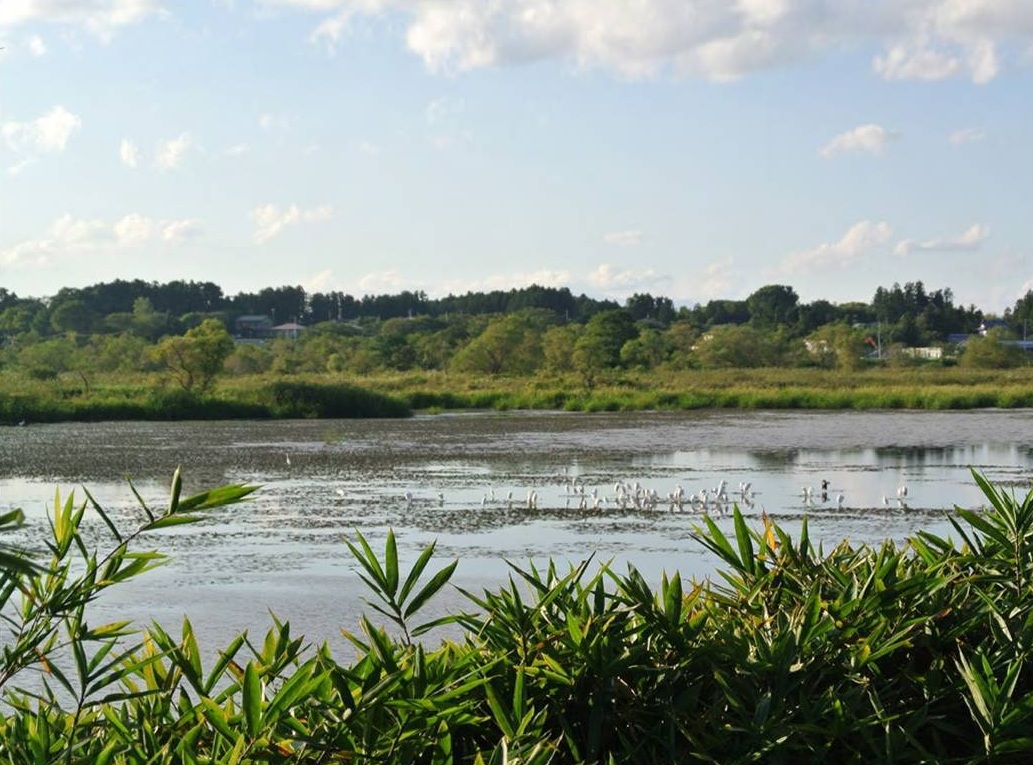
Suhayfa Sheik
Rebuilding Terrestrial And Aquatic Environments In Africa.
Most Read Stories Today
-
Water Scarcity and Artificial Rainfall: The Positive and The Negative Effects of Cloud Seeding, including Health Hazards and Climate Implications.
-
Renewable Energy in Rural Areas: Challenges, Opportunities, and Successful Rural Projects
-
Pakistan's Agriculture at Risk Due to Climate Variability
-
South Africa's Recent Floods: Is Climate Change to Blame?
-
South Korea's floods: root causes and prevention strategies.
-
South Africa: Cape Town, A City Under Fire
-
The Human Cost of Climate Disasters
-
Our Oceans, Our Future: The South African Dilemma of Overfishing
-
Degenerative Impact of Hydrocarbons On The Environment.
-
Sustainable Urban Planning - Copenhagen and the Path to Climate Resilience
In the 21st century, the world is seeing a trend of deteriorating land conditions. This is a negative trend, caused by direct or indirect human-induced processes.
In the 21st century, the world is seeing a trend of deteriorating land conditions. This is a negative trend, caused by direct or indirect human-induced processes. Some of these processes include anthropogenic climate change, expressed as long-term reduction or loss of biological productivity, ecological integrity, or value to humans.
South Africa is one of the countries most affected by land degradation. The problem is that most of the land is degraded, meaning that it has lost its ability to provide food and other vital resources for people. This is due to a number of factors, including anthropogenic climate change.
For all we know in South Africa, this has gone on to impact on the health of the citizens, and in other cases optimum availability of shelter. Food insecurity is a major factor contributing to the poor health of the people and this is evident from the high rates of chronic diseases such as cancer and diabetes. A lack of access to clean drinking water is one of the major causes of poverty in Africa, and it’s an issue that’s often overlooked.
In some of the poorest countries in the world, more than 50 percent of the population lives without access to safe drinking water. This lack of access can lead to a variety of health problems, including diarrhea and pneumonia. It can also create environmental problems because households that don’t have access to clean water often dump their sewage into rivers and lakes which becomes an environmental issue and contributes to climate change.
Coastal erosion and rising seas are burying some seaside villages, which causes some fishers in Africa to look for new ways to make a living, including an increase in the hunt for what advocates now call “aquatic bushmeat'' which includes dolphins, small whales, manatees, reptiles, etc. These hunts can be dangerous, as the creatures are often hunted in murky water and near coral reefs, areas where they are often protected.
This causes a decrease in aquatic life forms and degrades their living environment. Climate change, habitat loss and fragmentation, and invasive species threaten the viability of many species. Habitat loss and fragmentation are the main drivers of biodiversity decline and the loss of ecosystem functions and services. Climate change is projected to become an increasingly important driver of biodiversity change in the coming decades.
Thus ensuring that natural areas remain connected to allow species to thrive across their entire natural habitat is critical to mitigating the effects of these threats. Farmers who have access to more resources can try to restore degraded land by using tillage, using more natural fertilizer, pest control, and growing more diverse crops, including trees. These steps can rebuild carbon stores in soils, making them more fertile so countries can feed their growing populations without using even more land.
However, restoring degraded land is not always an easy task because it requires a lot of time, resources, and effort. Thus joining hands through programmes put in place to restore land and aquatic degradation is important. These partnerships can provide benefits such as improved water availability, flood prevention, and habitat restoration by doing research and introducing the much-needed elements to reconstruct these environments.
Re-vegetation of denuded landscapes is one way that carbon can be sequestered; this will aid mitigation of climate change. Implementing regular clean-up programmes around rivers, beaches and other bodies of water that have aquatic life is also a strategy. while avoiding the use of single-use plastic will also be a key measure.
Since terrestrial and aquatic degradation takes time to be restored we need to begin at the earliest in implementing strategies to improve our environment with the hope of slowing down climate change.

Terms & Conditions
Subscribe
Report
My comments